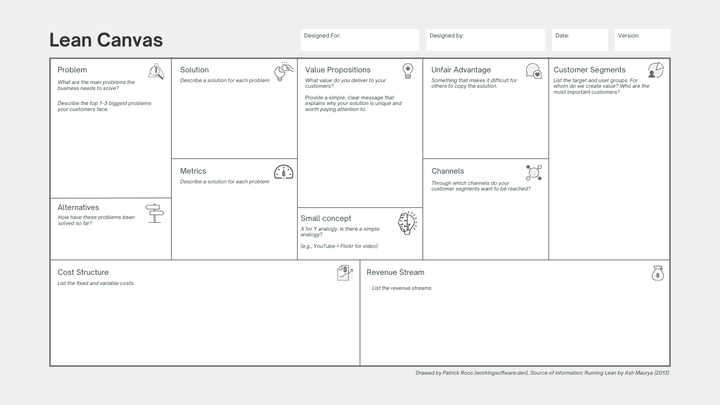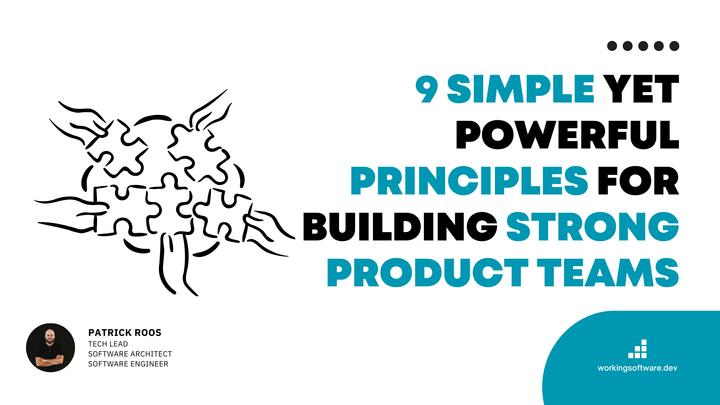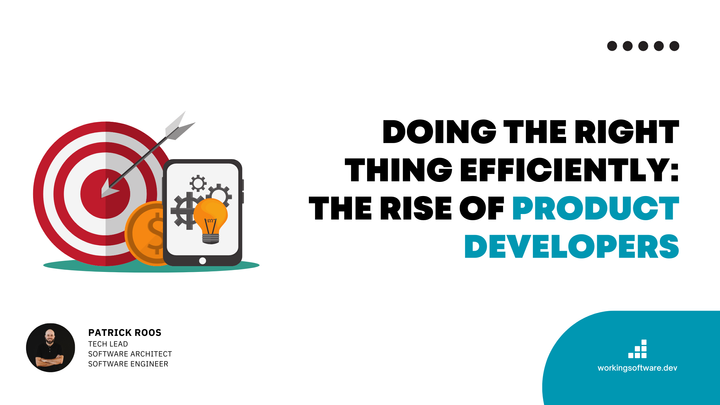An Evolutionary Approach to Staffing Software Product Teams
Many companies hastily put together large teams, which leads to risks and inefficiency. This blog is about an evolutionary staffing strategy.

Building a product team that can turn innovative ideas into reality is a complex challenge.
A common pitfall that many companies face is the temptation to staff a product team quickly and from scratch with a large number of mostly external developers.

For example, I have seen 25+ external engineers hired for a softwre initiative in a very short period of time.
“We need at least 25+ FTEs (developers) for this software initiative. Let’s staff up now.” - A project manager
This approach may seem efficient at first glance, as it aims for rapid scaling, but it often leads to coordination chaos, diluted responsibility and a considerable drain on resources.

An evolutionary approach not only mitigates these risks, but also promotes a more cohesive and adaptive team dynamic.
Let’s explore this evolutionary approach to staffing software product teams that promises better results.

Phase 1: Laying the Foundations with a Minimal Team
The journey starts by putting together a small but powerful minimal team, usually consisting of 1 to 3 strong, entrepreneurial engineers and one person who knows the business domain very well.

This initial setup is important for several reasons.
- First, it ensures that the team remains agile and can respond quickly when new information or challenges arise.
- Second, it allows for a deep understanding and alignment on the product vision, goals and user needs.
This phase is all about laying the groundwork for the product, establishing initial architecture, and setting the cultural tone for future team expansion.
Phase 2: Expand with Precision
Once the product and the team have found their feet, as evidenced by successful sprints and tangible results, it's time to consider cautious expansion.
In this phase, 1 to 2 additional developers are hired. Choosing the right people is crucial: not only should they have the required technical skills, but they should also fit well with the team's culture and work ethic.

This targeted expansion allows the team to increase its capacity while maintaining the quality and coherence of its work.
It's a strategic growth that builds on a solid foundation laid in Phase 1 and ensures that the team remains aligned and efficient.
Phase 3: Scaling Through Specialized Feature Teams
The next phase of this evolutionary approach is about building more feature teams within the product team - if it is really necessary.
This step depends on the complexity of the product and the extent of its marketability.
But remember: Small, powerful teams can often achieve more than average 25+ people product teams!
Each feature team works (semi-)autonomously and focuses on specific product areas and customer needs. This modular approach to team structure allows specialized expertise to flourish within each group, promoting innovation and efficiency.

It also supports scalability, as teams can be added or adjusted according to product development needs and market demand.
The Benefits of an Evolutionary Approach
This phased approach to staffing software product teams offers numerous advantages.
It emphasizes the importance of starting small so that flexibility and a strong team culture can develop. It avoids the common pitfalls of miscommunication and inefficiencies that plague larger, hastily assembled teams.
By gradually increasing the size of the team based on the progress and needs of the product, companies can maintain high standards of quality and innovation. This strategy also promotes sustainable growth, both for the product and for the people who contribute to its success.
In conclusion, while the temptation to quickly assemble a large team from the outset is understandable, experience and results consistently show that a measured, evolutionary approach delivers much better results.
By focusing on agility, alignment and incremental scaling, companies can build software product teams that are not only effective, but also resilient and adaptable to the ever-changing technology landscape.



Comments ()